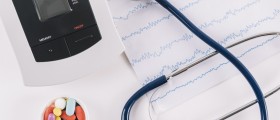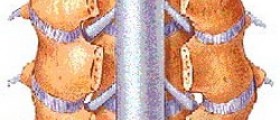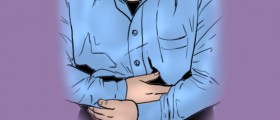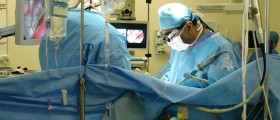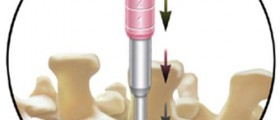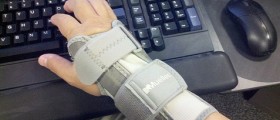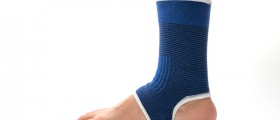Every year hundreds of thousands of people have surgical spinal fusion (arthrodesis) to correct spinal stenosis, the effects of rheumatoid arthritis, herniated disks, or spondylitis, or to keep the bones in the neck stable after infection, injury, or cancer. There are predictable problems that come up over and over again. Some of these problems are obvious to most people, but cause trouble anyway:
- Just about everyone feels optimistic right after the procedure, but recovery is a very long process (most of the time). You have to adjust to thinking very long-term.
- It is more common than not to overdo, either from frustration with limitations or from excessive expectations of fast results.You have to follow your doctor's restrictions very carefully. Focus on doing better, not doing more. For instance, if your doctor tells you that you can't lift a gallon of milk, don't even buy a gallon of milk. Buy half-gallons instead. Be more restrictive on yourself than your doctor is, but within those restrictions, do all you can.
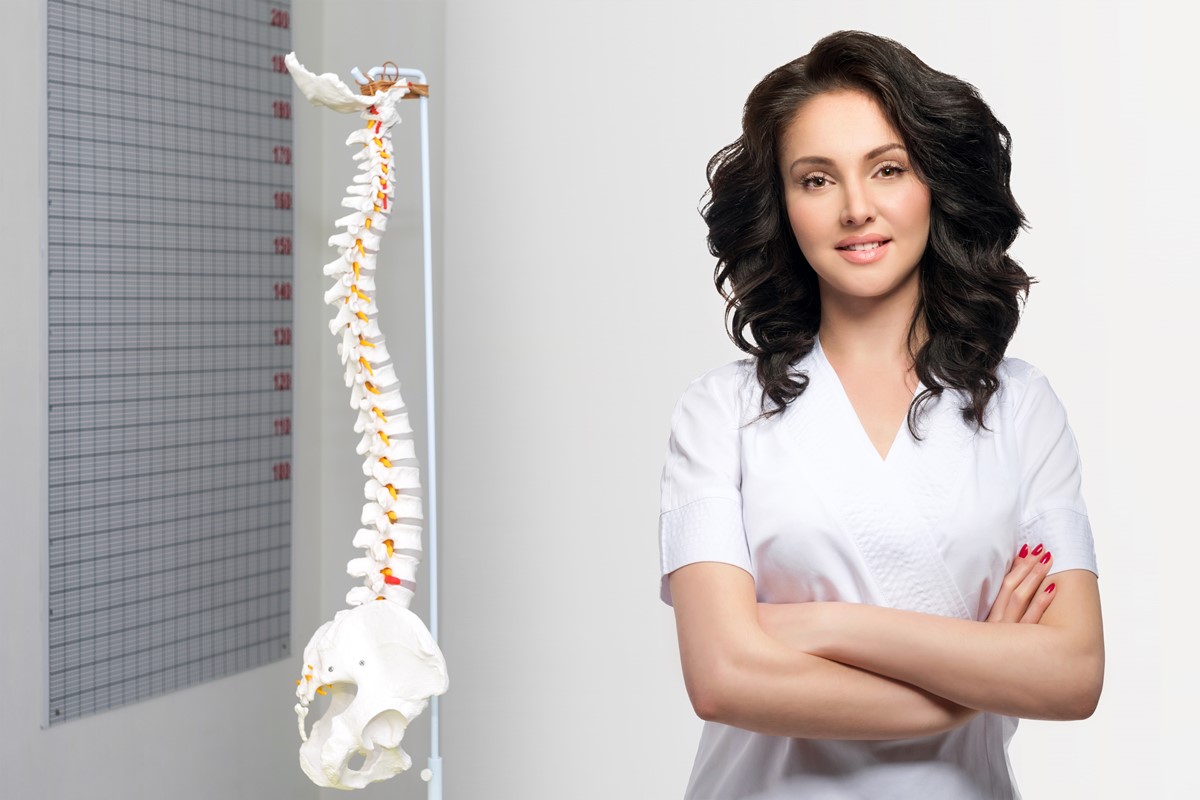
- Smoking slows down recovery from surgery. Obese people heal more slowly because of greater strain on the spine. If you can't lose weight, at least avoid weight gain. People who take steroids for pain and inflammation are more likely to experience fractures. Aspirin, Tylenol, and other NSAID medications slow down the formation of new bone. Ironically, pain relievers can cause more pain over the long run.
- Younger people (40 and under) are more prone to a complication of cervical fusion surgery than older (50 and over) called pseudoarthrosis (a bone fracture that will not ever heal without surgical intervention). That's probably because they are more likely to do too much too soon.
- You also have to plan your activities. You just aren't available any more for spontaneous activities around the house. There is no more "honey-do" list for you that isn't 100 percent compatible with your medical restrictions.
- That doesn't mean, however, that you should become a couch potato. Be active, and be active every day, but within the limits set for your by your doctor, who really does know more about your recovery than anything there is to be found on the Internet.
- Visualizing safe physical activity also helps your recovery. Training your brain in sending signals to your muscles to power motions that strengthen your body without injuring it accelerates recovery.
- Cervical collars by and large don't work, but you may have a particular alignment issue or a combination of factors that lead your doctor to recommend one. If you do wear a neck collar, make sure you or someone you know inspects your skin regularly for abrasion and infections. Be aware that your collar may cause changes in your voice or in sensation in your face. See your doctor at once if the collar causes vomiting, choking, difficulty swallowing, or difficulty breathing.
- The implantation of a spinal cord stimulator for pain control is likely to increase pain at first. It may be several days before you actually feel better.
- Before getting a permanent spinal cord stimulator, be sure to ask how often it has to be recharged (and when you will have to have surgery to replace batteries). The less often you have to recharge the stimulator during the day, the more freedom and mobility you will have.
- Neck surgery and neck braces can have a variety of effects on the nerves that control your heartbeat. The most common problem is a slowing heartbeat that leads to severe fatigue, not feeling strong enough even to sit up. If this happens, call your doctor immediately.
- Symptoms you should bring to your doctor's attention immediately include a "clunking" movement (this is more common the higher in the cervical spine the fusion is performed), and any kind of tingling or numbness or weakness that affects opposite sides of the body equally.
- Meyer PR. Cervical spine fractures: Changing management concepts. Bridwell KH, DeWald RL. Textbook of Spinal Surgery. Philadelphia: Lippincott-Raven, 1991.
- Photo courtesy of SteadyHealth


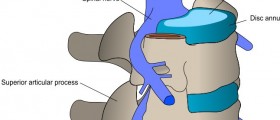
-Causes,-Symptoms,-Diagnosis,-Treatment_f_280x120.jpg)

